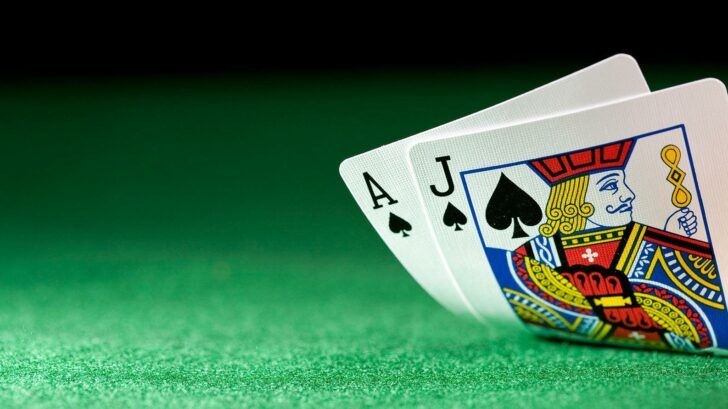The Slow TV Casino: How Long Can You Watch a Deck Be Shuffled?

 Shuffling: boring?
Shuffling: boring?Slow TV is the latest Norwegian phenomenon; but would a Slow TV Casino prove to be as popular?
Television used to be where you went to catch the latest action; sitting around the glowing screen drooling, finding yourself losing hours to gripping action and thrilling plots used to be a pretty common place activity. Hell, people have even outright complained and campaigned against the action-packed, unrealistic and over-the-top nature of television shows; but, maybe this isn’t going to be a problem anymore.
Television, mainly Norwegian TV in particular, has been getting stranger and much, much slower. Slow TV is the latest in cutting edge broadcasting, and the premise is as simple as the name. Things go, slowly.
We’ve taken a look at the best Slow TV has to offer and wondered if the same principles would work in a live casino TV show setting, and if there’s any way it could help fans with winning at blackjack.
Slow TV: A Timeline
Slow TV, although gaining relatively recent popularity is not a completely original modern idea. The term is applied to long pieces of ‘marathon’ television coverage of an ordinary event, seen through in its entirety. The name Slow TV is derived from both the long endurance of the broadcast, as well as the usually slow pace of the events progress.
Possible ideas for Slow TV:
• 10 hours of paint drying
• Half-a-day of cakes rising
• 1 week of tomato plat growing
The concept was invented for and first used in Andy Warhol’s 1963 film entitled ‘Sleep’, which unsurprisingly showed nothing but a man sleeping for five-hours and twenty-minutes. Warhol followed up this piece with the eight-hour long Empire; this film showed nothing other than the Empire State Building shot from a distance over the course of a night. Both films, although now regarded as historically important, were not particularly popular with viewers.
The first successful application of the concept to television was achieved by the Norwegian Broadcasting Corporation, in a seven-hour show which followed the driver’s eye of a popular train route which aired in 2009. Following this, the same station aired an incredibly long 134-hour ship voyage in 2011.
Both events received extensive attention in both Norwegian and foreign media, and were considered a great success with record ratings for the channel. After this, the idea kept on growing.
Popular Slow TV Shows
Since achieving major initial success, the channel committed more time and airing hours to shows with the same theme and general idea; Slow TV got big, and it’s getting even bigger.
The shows are considered a significantly smart strategy by the channel, as the production costs will be so much lower than those of a real TV show. Hell, they don’t even need to pay actors most of the time, they just need a camera and something mundane to point it at.
The most popular examples brought to the public by Norway’s best minds include snow melting, wood fires burning, birds living in a small house and people sitting around knitting. Riveting stuff I know, but viewers seem to love it.
In the casino, we assume things would be a little bit different and definitely much more educational; for gamblers though, definitely not for kids.
Live Casinos: Can you re-shuffle?
Live casinos are already a thing; there is already a bunch of people out there who enjoy watching casino games played live, half of them probably don’t even play the games; they just like to watch.
There are also a large number of people who literally love casinos. These people love every inch that is a casino right down to the weird, yet wonderfully tacky carpets. I’m guessing that there is a demand for a live casino TV show; there just has to be.
 Imagine the cards dancing to the rhythm of tango…
Imagine the cards dancing to the rhythm of tango…For the casino enthusiasts, the prospect of watching a dealer shuffle, re-shuffle and deal out cards repeatedly for hours on end probably sounds like an exciting prospect; I imagine the hardcore blackjack fans would be hoping to notice some blackjack dealer tells and table tips too, which may come in handy next time they venture away from the television and onto the tables.
By the looks of things, Slow TV is here to stay; it’s simple, it’s cheap and most importantly, people watch it. It’s not just the Norwegians who enjoy it either, foreign viewers regularly tune into their broadcasts also; this is an international practice now.
Fans would probably say that the shows capture an essence of nature, and contain a degree of natural beauty that is lost in the current technological and short-attention spanned culture of the world; I’d say that I’d rather watch HBO, but whatever.




